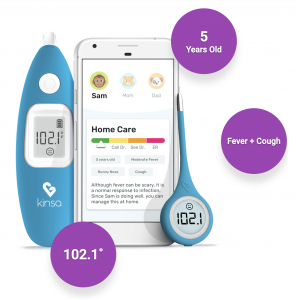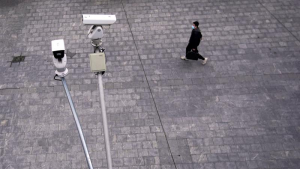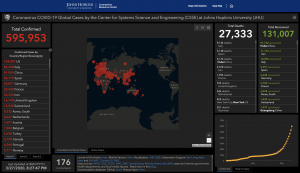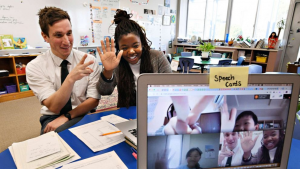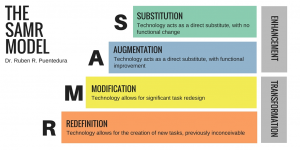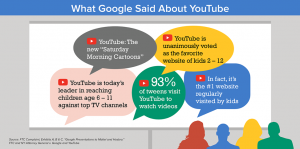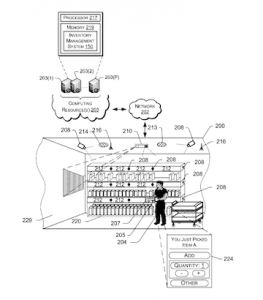The Robot of Wall Street
By Vinicio De Sola | April 12, 2020
Since the start of the pandemic, the market has become more like a rollercoaster rather than the “Little Engine that Could” that was in the previous 8 to 10 years. We have weeks that seem to wipe out all the hard earnings of our 401(k), pension plans, and investments, while others it looks like the worst had happened, that investors are regaining confidence, and the market will rebound. For the high rollers, the people with high capital, this translates to long calls to their financial analysts, asking them what to do, when to sell, when to buy, how to weather the storm. But, for the majority of Americans, these analysts had a transformation: enter the Robots.

Robo Advisors are very different than human, financial analysts in several ways. First, they automate investment management decisions by using computer algorithms. Without having to bore the reader with the financial jargon, this means that they use portfolio optimization techniques with constraints based on the risk tolerance of the user. In essence, this means asking the investor a set of predetermined questions so they can assess the tolerance on a given scale (this varies from different robo-advisors). Second, because there is no real research focused on the client. The trading can be done in bulk by clustering similar users; the fees are way smaller when compared to human advisors – 0.25% compare to around 2 to 3%, and have way lower minimum balances, with some allowing the user to open the account with $0. In contrast, human advisors have some minimum thresholds of around $250,000 to consider the user.
So, Did the Robot kill the financial star? Not so fast. Robo advisors are far from perfect. Some recent research in the financial space had shed some light on the shortcomings of robo advisors. First, the process is far from standard: each company or brokerage firm has its method of evaluating investor risk tolerance, but on average, this means just asking a questionnaire of around 35 questions – which in reality can’t fit the whole reality of an investor. Some authors even found that some of the questions weren’t even related to assessing risk tolerance, but to sell products from the same brokerage firm or fund. Also, despite their name, these advisors don’t use Big Data, Artificial Intelligence, or social media to paint a clearer picture of the user, instead of focusing in broad clusters of risk – to keep fees small and trades free.
Another key and essential difference are to ask if the robo advisor is a fiduciary of the investor (does the advisor have the responsibility of acting on the best interest of the investor over their own). A considerable chunk of robo-advisors are not fiduciary, but instead only need to follow the suitability obligation (they are only bound to provide suitable recommendations to their clients). On the other hand, for the small group of robo-advisor that consider themselves fiduciary, the industry has the view that they can’t be fiduciaries. In essence, they only offer advice to their clients based on their goals, not on their full financial situation, so that any advice will be flawed from the start.

So, what should you, the reader, do? Many robo-advisor services had a substantial inflow of new users during the pandemic by people that want to buy the deep (Buying stocks after a significant drop in price). Still, for the long-period investors, their portfolios suffered significant losses given the massive tail risk that many advised portfolios have in times of crisis. Without being financial advice, I would recommend you, the reader, to do the following research when selecting a robo-advisor:
1. Does the company have a fiduciary duty with its clients?
2. Does the company have any form of human interaction or services? Is it a call center? Or just email-based? How quickly can they respond to a crisis?
3. Please read their privacy policies: many advisors also have other products that relate to marketing, so all your financial information will be in display for them.
4. Finally, decide if the robo-advisor portfolio matches your risk characteristic? If not, move to another one – you won’t pay much if you hop around advisors during set-up time, but once you decide one, always monitored your performance.
Sources
——-
– What Is a Fiduciary?, https://smartasset.com/financial-advisor/what-is-fiduciary-financial-advisor
– To Advise, or Not to Advise — How Robo-Advisors Evaluate the Risk Preferences of Private Investors, https://www.cfainstitute.org/research/cfa-digest/2019/01/dig-v49-n1-1
– Robo-Advisor vs. Personal Financial Advisor: How to Decide, https://www.nerdwallet.com/blog/investing/personal-financial-advisor-robo-advisor/
– Robo-Advisor Fee Comparison, https://www.valuepenguin.com/comparing-fees-robo-advisors

